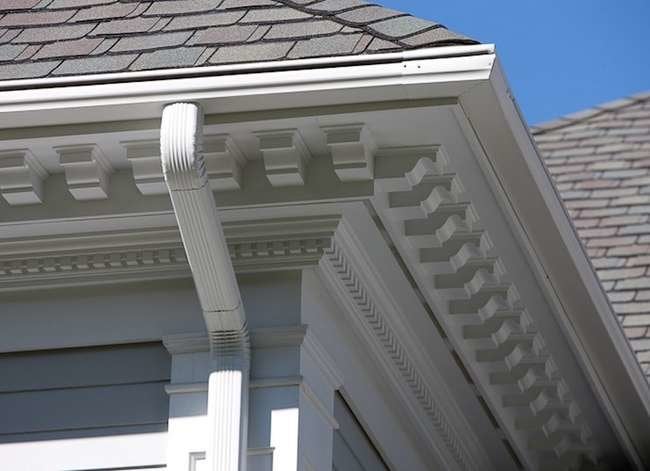We may earn revenue from the products available on this page and participate in affiliate programs. Learn More ›
Metal Roofs
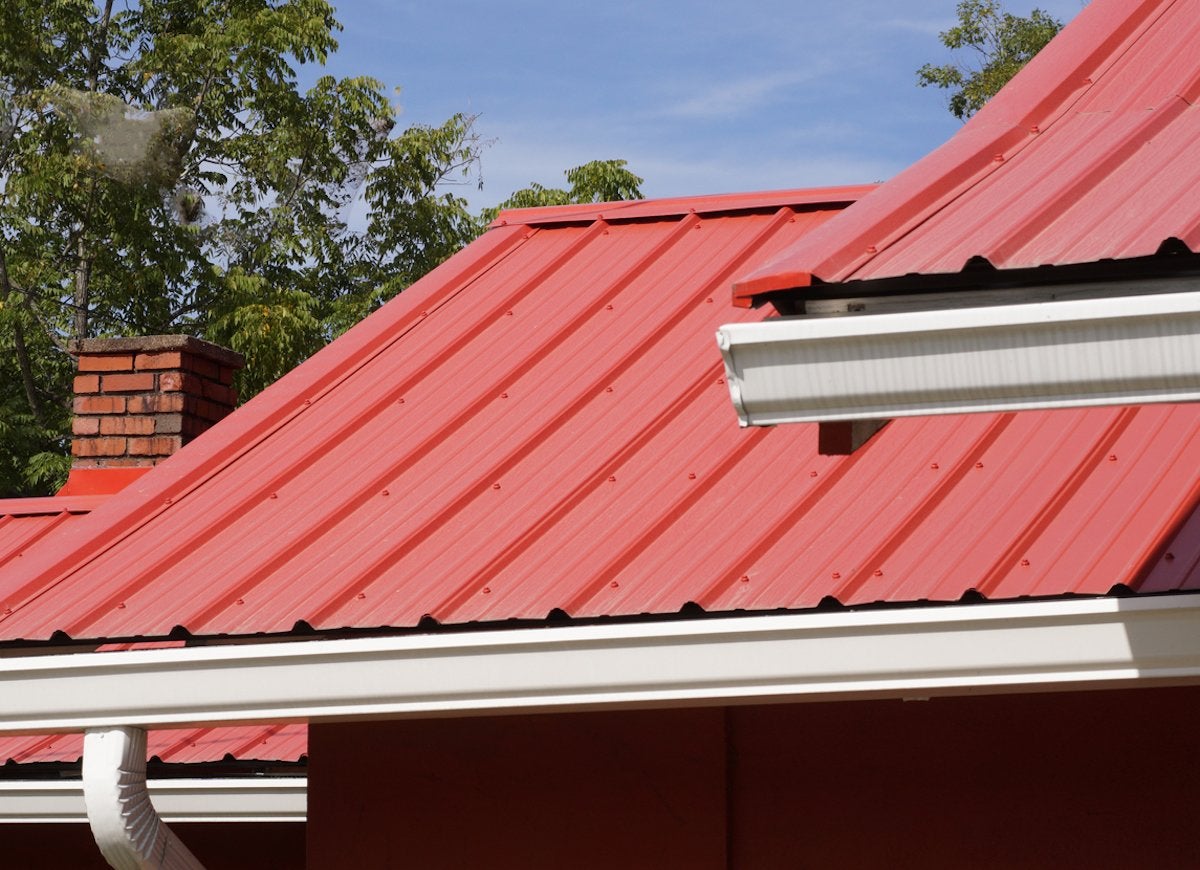
Metal roofing is a great investment. These systems can last 40 to 60 years, which is two or three times longer than asphalt shingle roofs. Metal roofs protect against fire and harsh weather, and they reflect sunlight to reduce cooling costs in the summer and insulate in the winter. And you don’t have to be limited to traditional metal hues, because metal roofing comes in a wide range of styles and colors.
Related: 7 Signs You Need a New Roof
This slideshow is sponsored by LeafGuard Brand Gutters. Its facts and opinions are those of BobVila.com.
Composite Decking
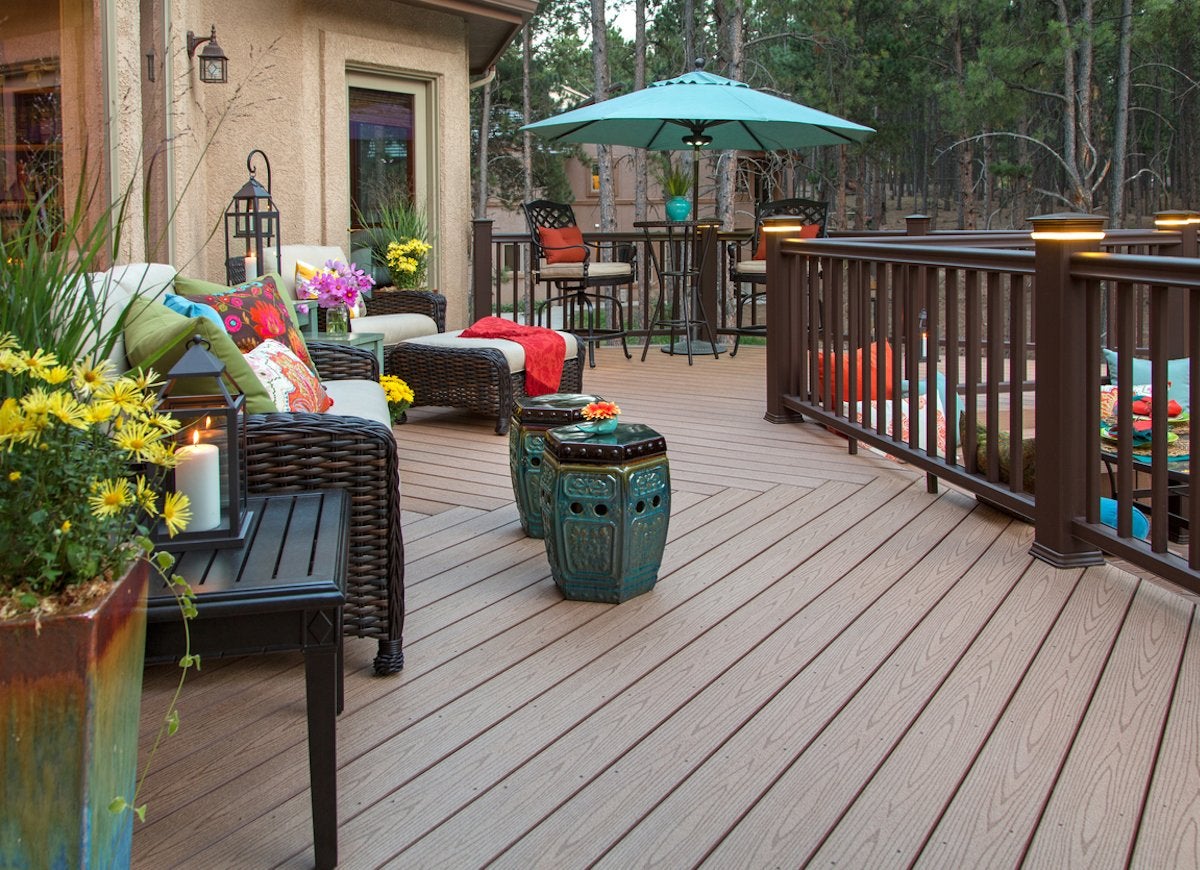
Wood decking can splinter, warp, and rot, so consider composite decking, a low-maintenance alternative with a long lifespan. You will never have to stain, paint, or sand a composite deck, leaving you more time to enjoy your outdoor space. An added benefit—composite decking is made from waste sawdust and used plastic, so it’s also good for the environment.
Related: Solved! The Best Decking Material
LeafGuard Gutters
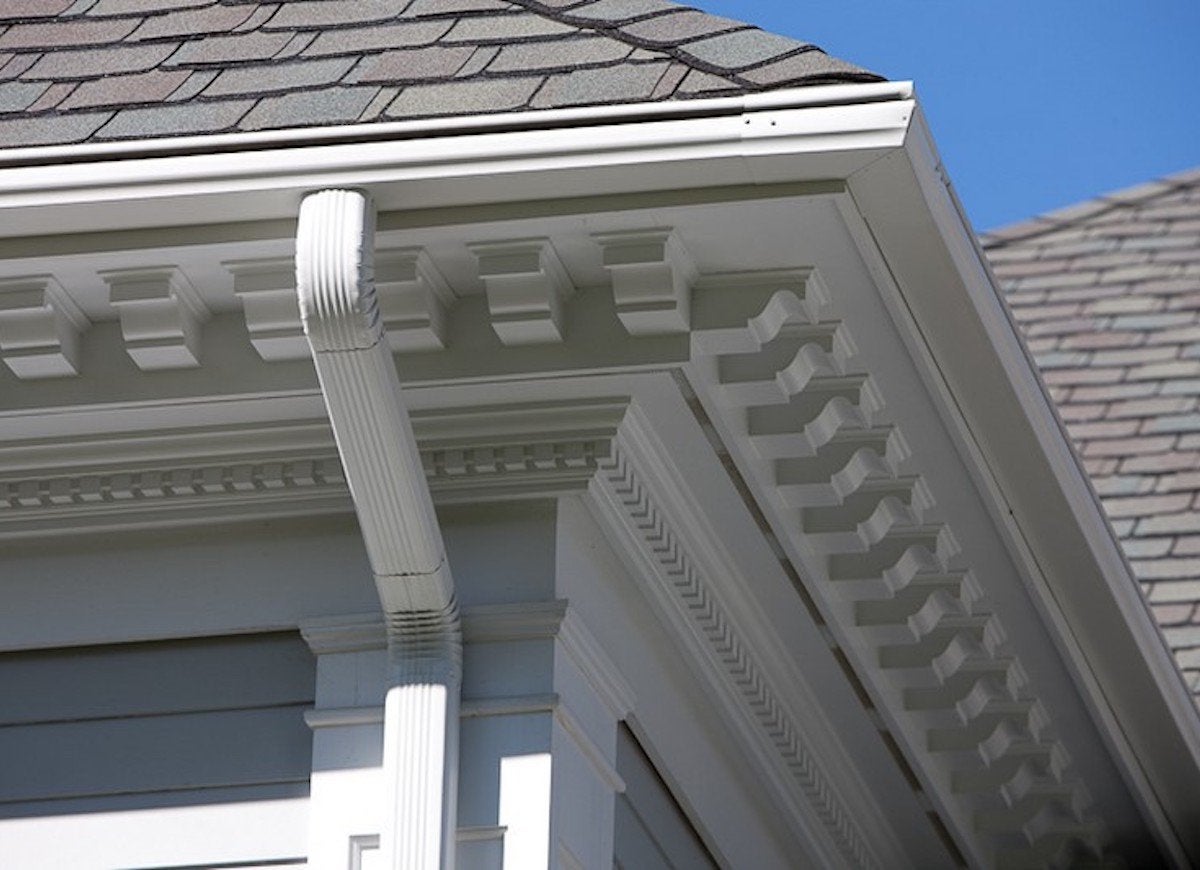
LeafGuard
If you are tired of cleaning leaves out of your home’s gutters, installing an Englert LeafGuard Brand gutter system can solve the problem for good. The design allows rainwater to travel around a curved hood and into the gutter while leaving behind leaves and other debris. Even though the opening appears small, these one-piece seamless aluminum gutters can handle even the heaviest rainfall without a clog.
Related: 25 Home Maintenance Problems That Only Take a Minute to Fix
Vinyl Siding
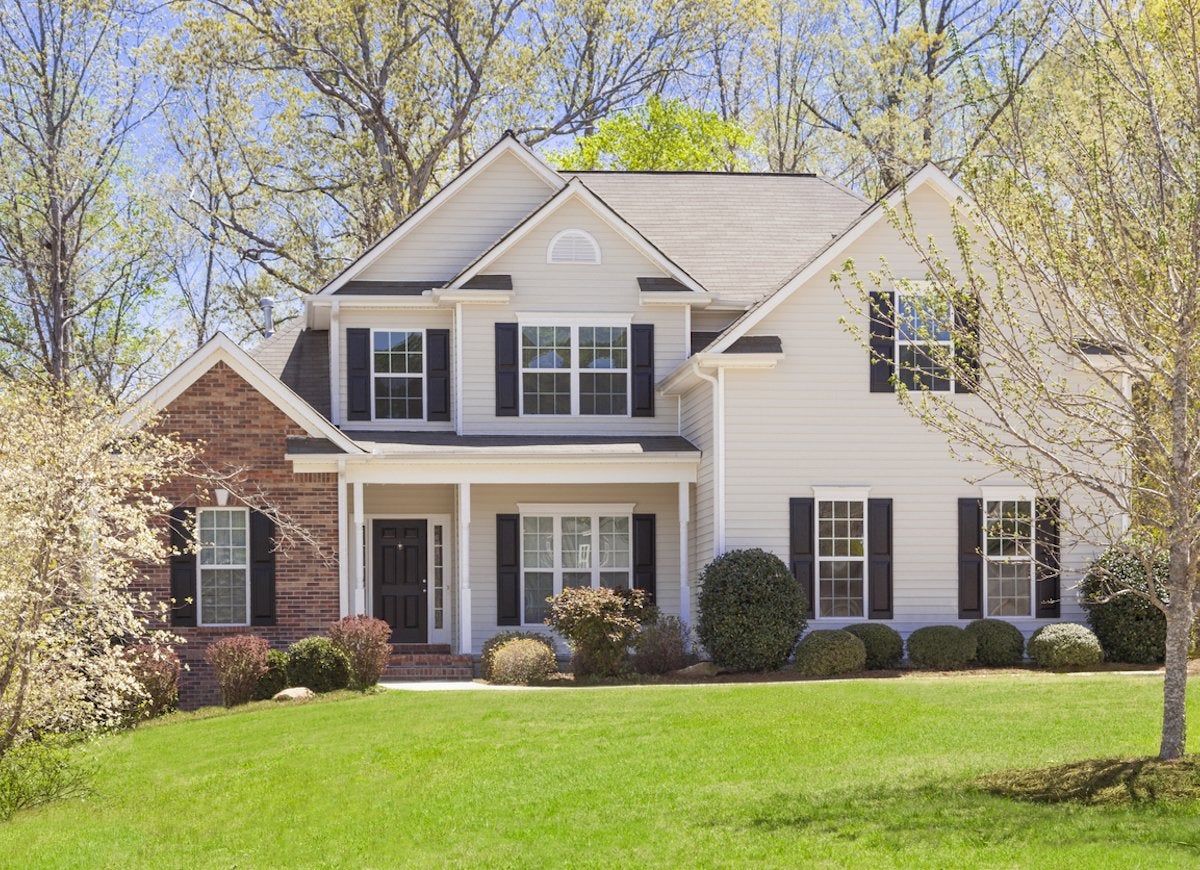
When choosing a siding material to clad your home, you’ll find that vinyl siding is a low-cost, low-maintenance substitute for traditional wood. The synthetic material doesn’t require any finishing, so it is great for large, multistory houses where painting would be a big pain. It is also impervious to insects and water, further reducing the likelihood that you’ll need to replace it.
Artificial Turf
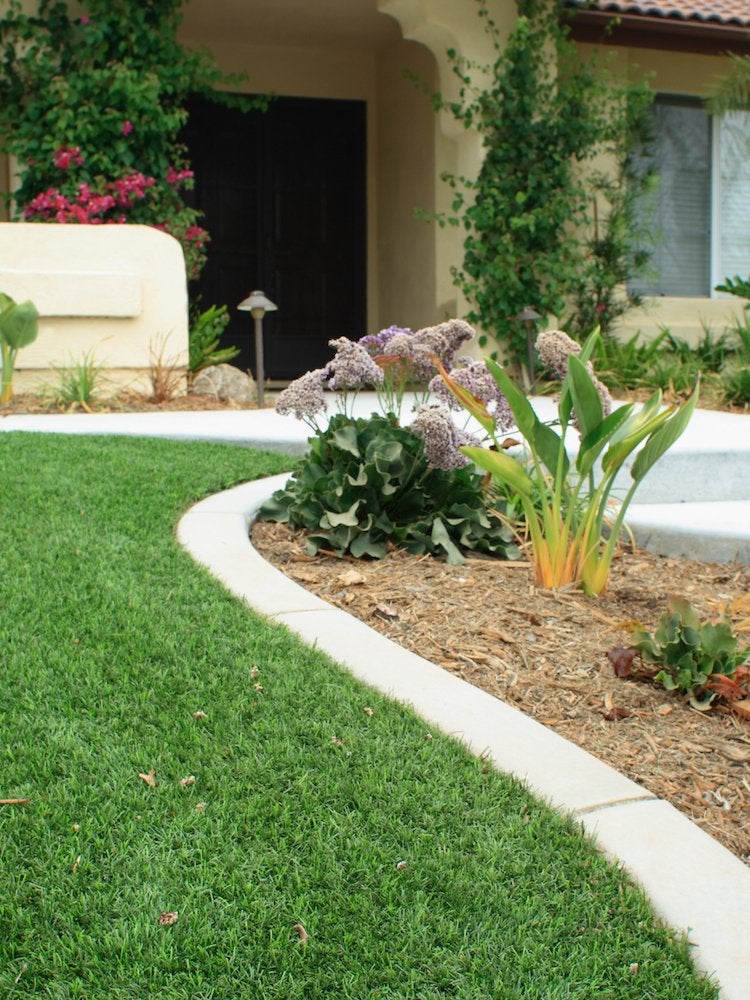
Made from plastic fibers woven into a rubber backing, artificial turf has come a long way over the years, and there are very good reasons to make the switch. The product doesn’t require mowing, pesticides, or fertilizer; it doesn’t aggravate allergies; and it looks great year-round. Oh, and no watering!
Ground Covers
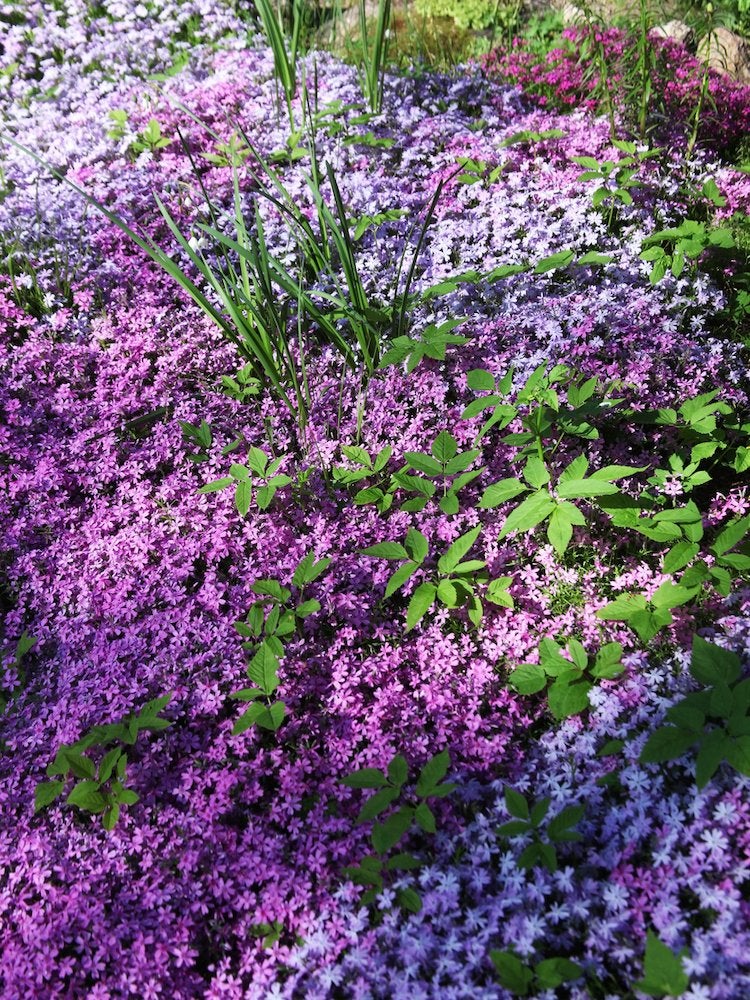
If you aren’t entirely sold on faux grass for your yard, consider utilizing a ground cover. The low-lying plants will fill bare or difficult-to-maintain spots in the yard, but don’t require nearly as much attention as regular grass.
Related: The Best Low-Maintenance Ground Cover Plants for Your Property
Composite Fences
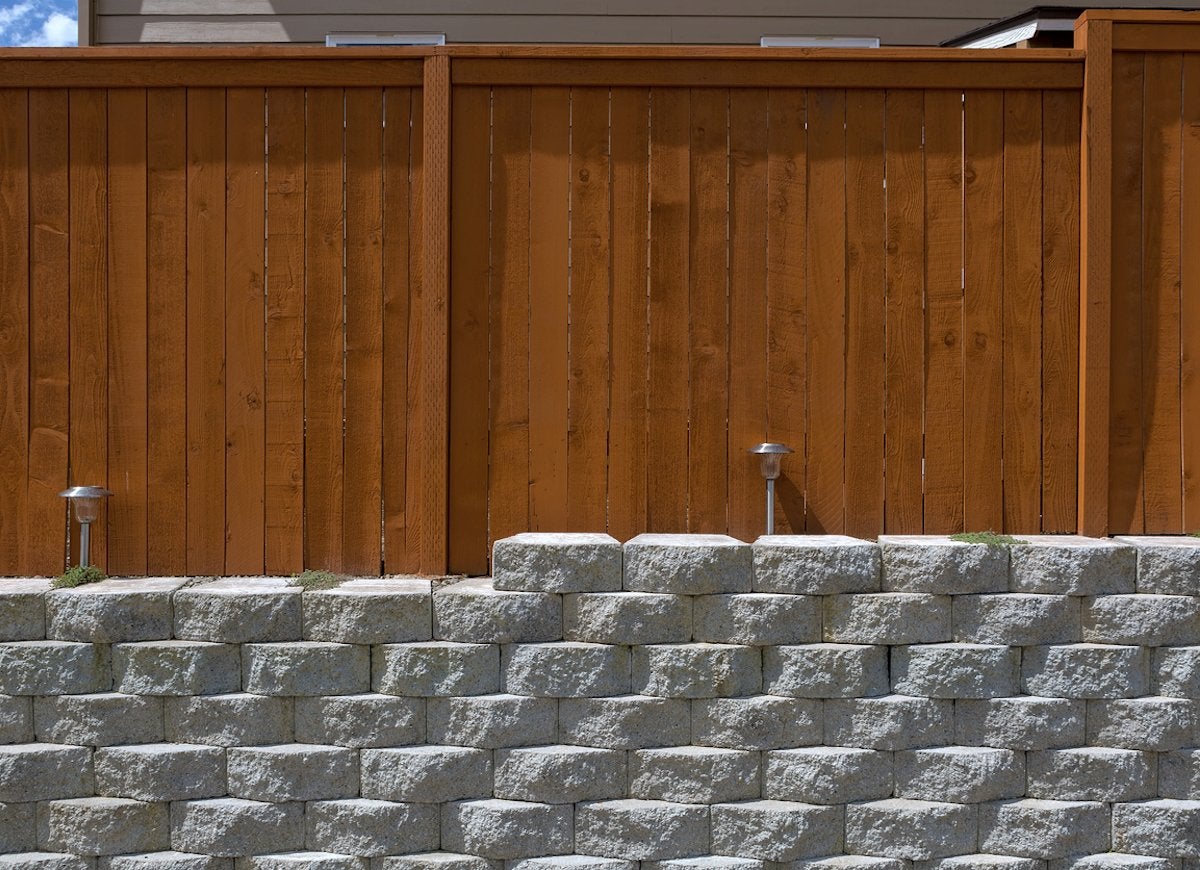
Fences provide valuable protection for your home, but this added security shouldn’t come with a lot of upkeep. Composite fences, which are made from a mix of wood and plastic, are just as strong as wood, but they won’t lose their strength and beauty over time as a result of rotting or weather damage. And because the material won’t splinter, it is kid- and pet-friendly.
Related: 10 Types of Fencing Materials All Homeowners Should Know
Fiber-Cement Siding
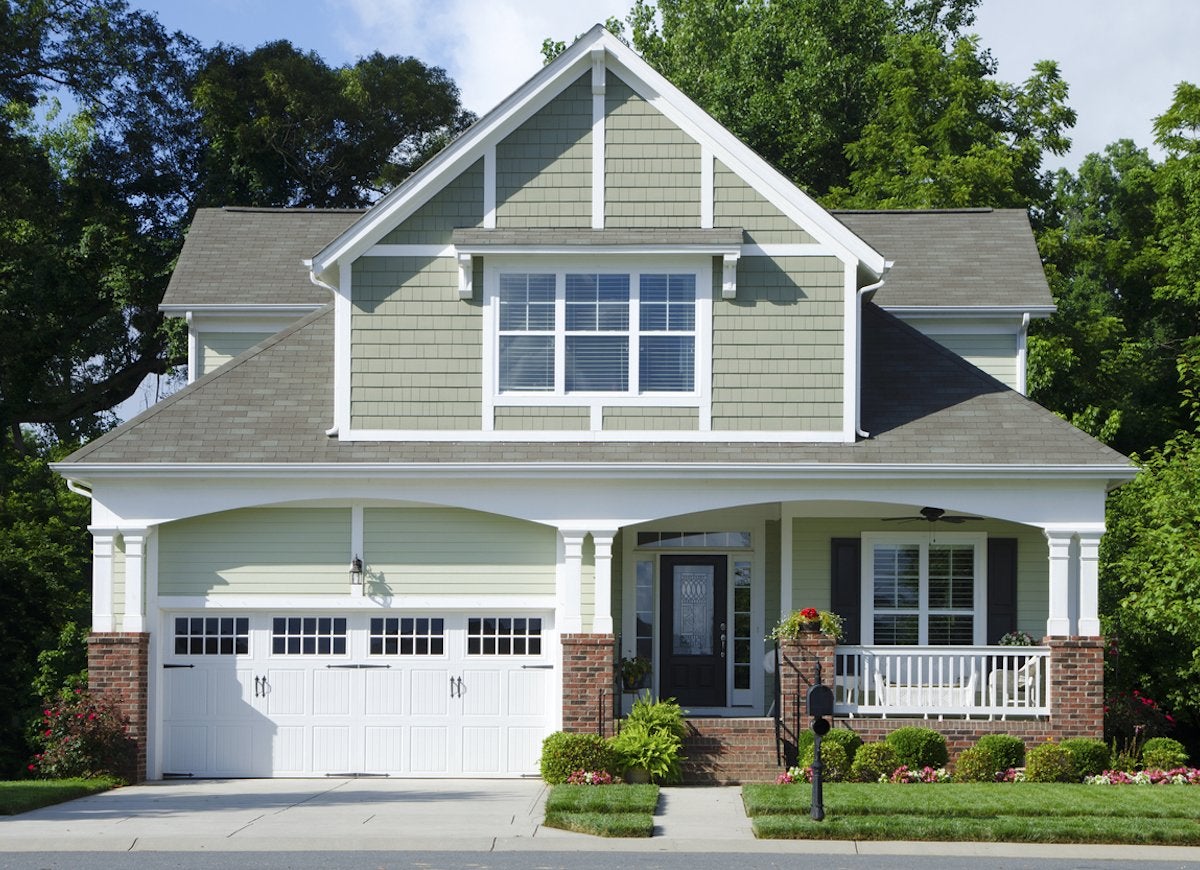
If you’re in the market for a more realistic-looking siding option, consider fiber cement. This blend of cement, sand, and cellulose needs little upkeep and requires repainting far less often than wood. The material is also fire retardant and has high impact resistance against windblown debris. With its ability to mimic traditional clapboards, shingles, and other siding materials, fiber cement is a great choice for homes with a historical aesthetic.
Related: 15 Top-Rated Color Combinations for Your Home Exterior
PVC Trim
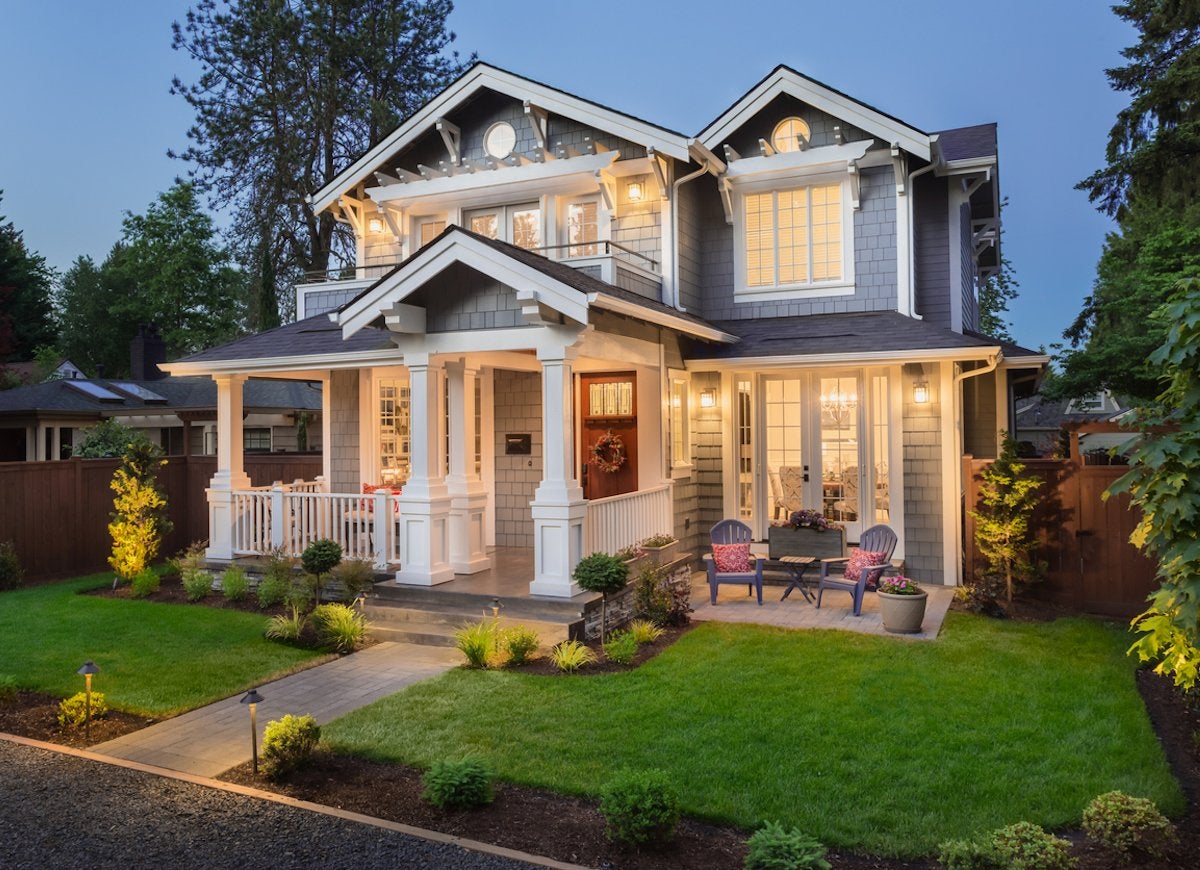
An easy way to keep exterior molding, trim, and cornerboards looking crisp and new is to select a product made of PVC. Impervious to moisture and bugs, this durable plastic material doesn’t require painting or finishing to stay looking new, and it’s available in many different styles and colors to suit the character of your home.
Window Frame
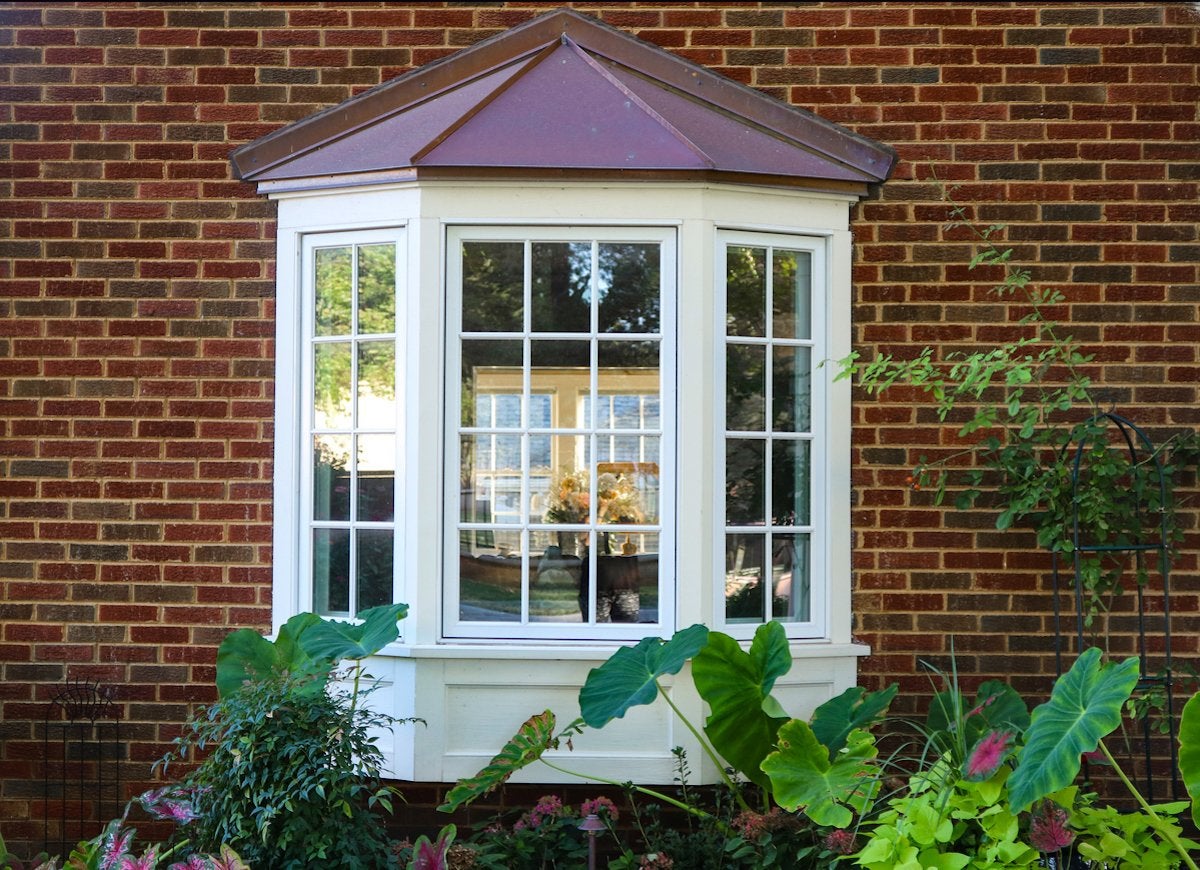
While aesthetically pleasing, wood window frames are much more susceptible to cracking and rotting than other options. When it comes time to replace your windows consider durable materials like vinyl or aluminum, which hold up to the weather and are easy to clean. Cladded windows—windows constructed from wood and then covered with vinyl or aluminum—provide the best of both worlds. You can admire the wood finish from indoors without the necessary upkeep outdoors.
Native Plants
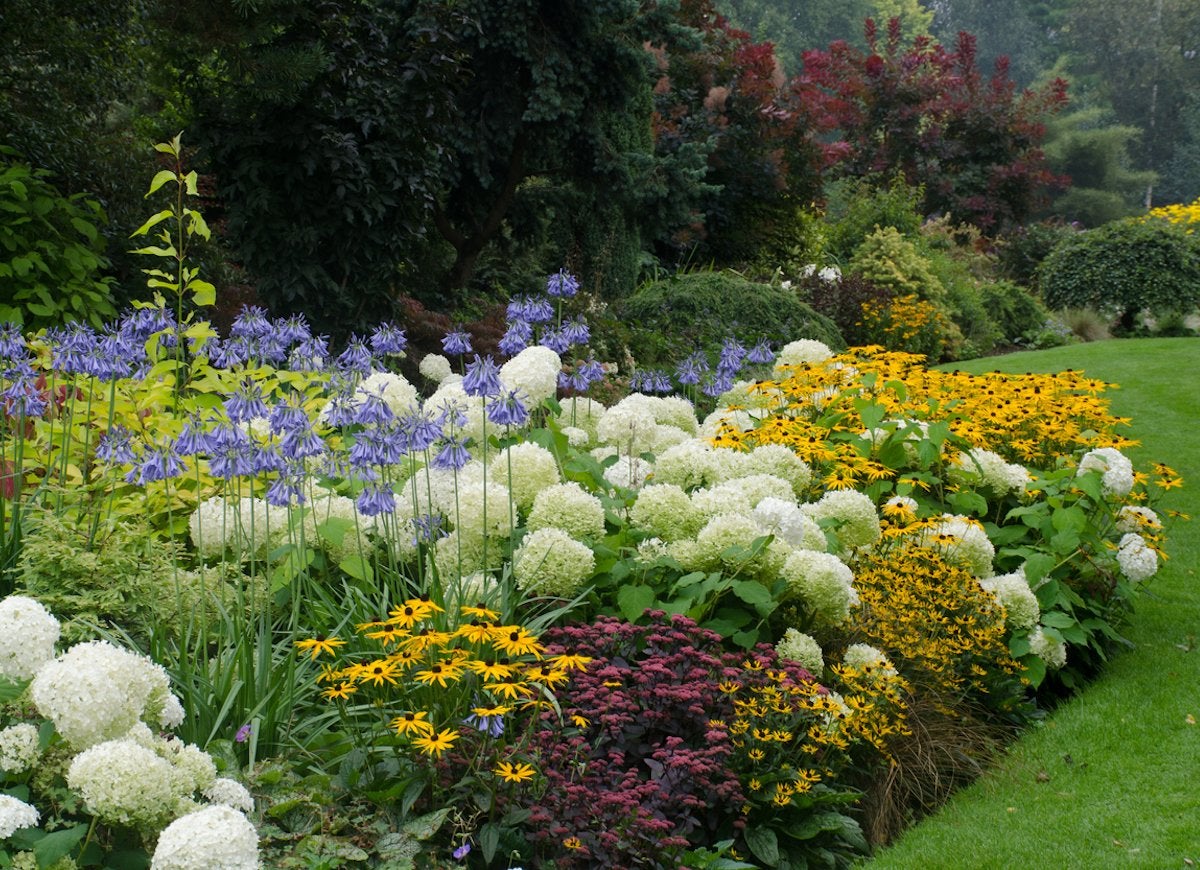
Don’t make landscaping anymore difficult for you then it needs to be. While it’s tempting to choose exotic plants or the latest hybrid flowers in your garden, those varieties require more time, money, and effort. Native flowers are low-maintenance and will grow wonderfully in the yard—it is their natural environment after all!
Irrigation System
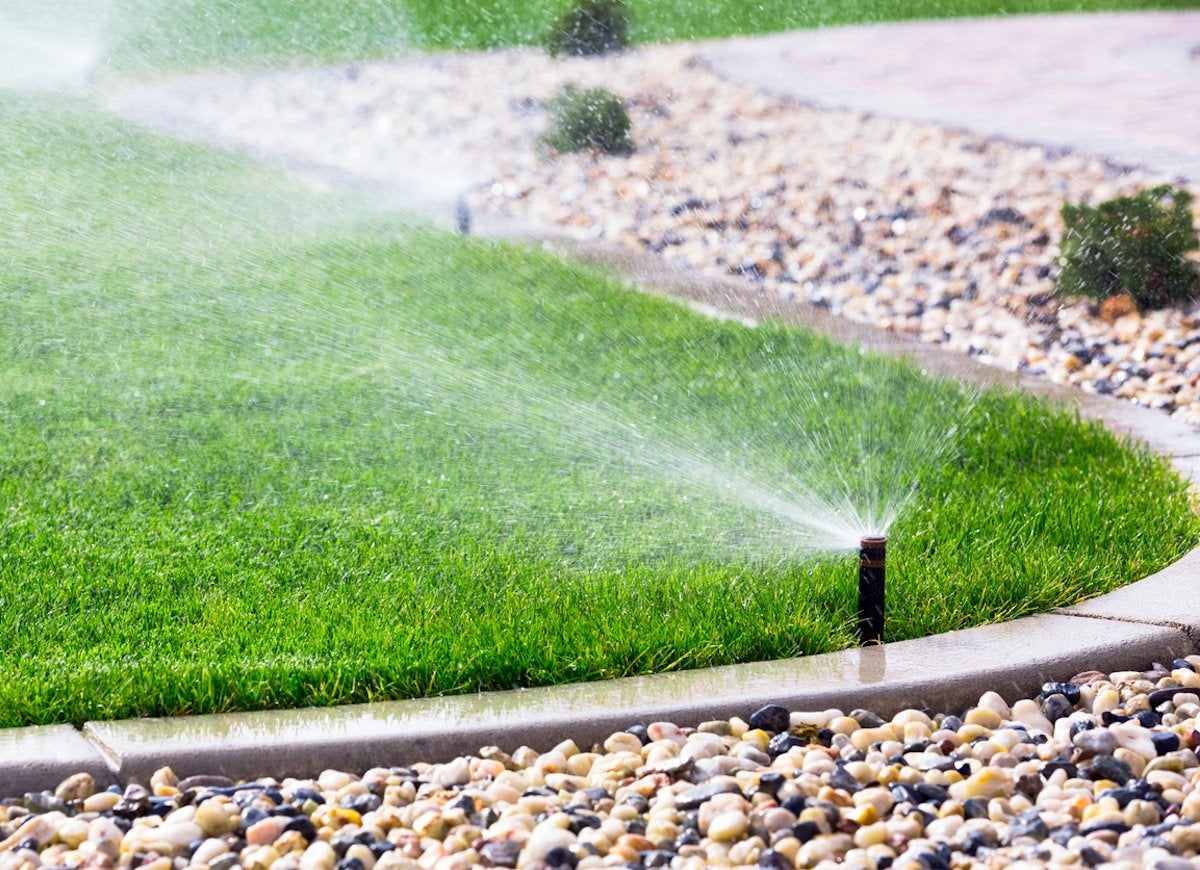
Put your landscaping on autopilot by installing an automatic irrigation system. It saves you from the trouble of having to remember to water the yard, as well as the hassle of setting up and positioning the sprinkler every time you do it. For a low-cost option, consider a sprinkler timer to schedule waterings.
Front Door

A high-quality front door is an essential part of your home. By opting for a fiberglass or metal door, you’ll not only protect your home from intruders and the elements, but the door itself will also be less subject to the damaging effects of rain and extreme weather. A fiberglass or metal door offers lasting beauty with minimal maintenance, and its weather-tight fit will seal out water and air leaks, reducing energy costs and keeping out bugs and other pests.
Storm Door
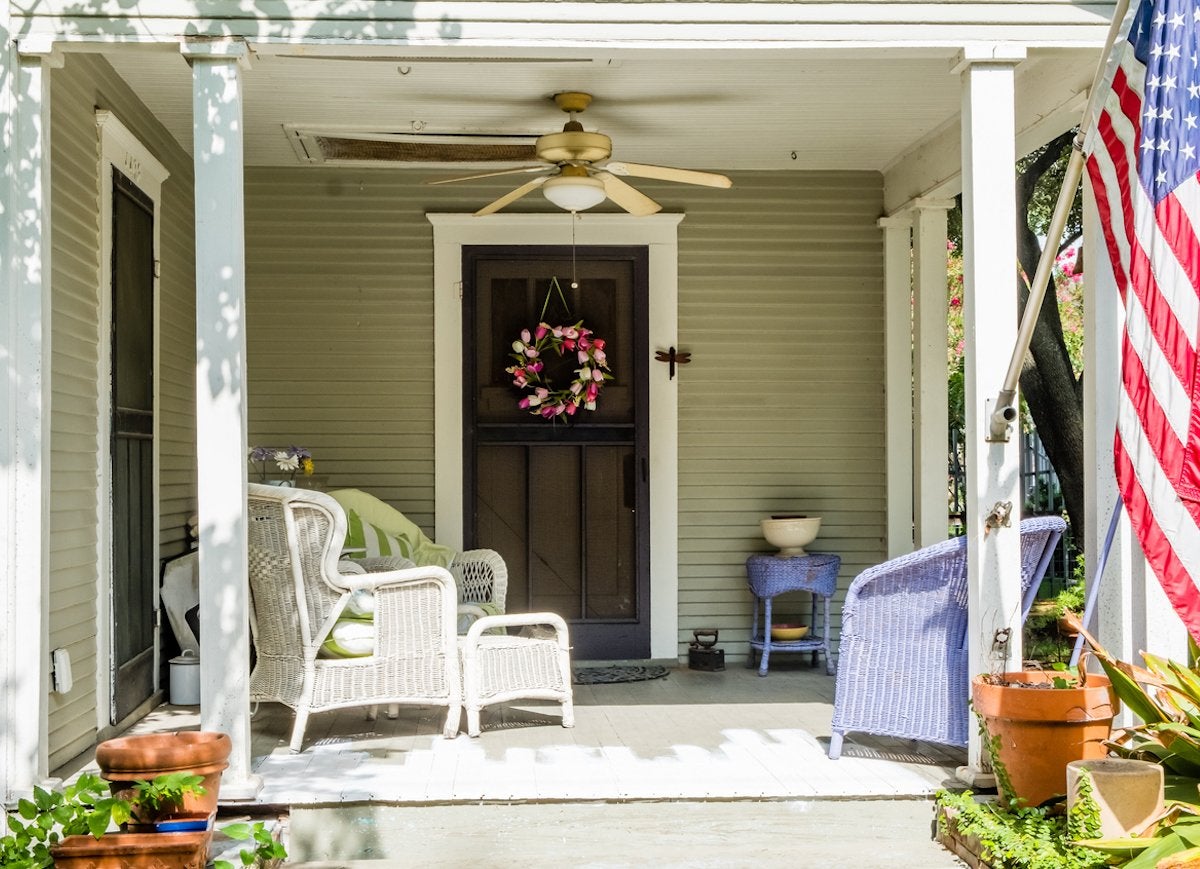
Install a storm door in front of your high-quality front door for an added layer of protection. Typically inexpensive, it’s an additional barrier to prevent weather damage and fading. It also improves the energy efficiency of your home saving you additional money in the long run.
Related: 10 Welcoming Front Door Paint Colors
Gravel
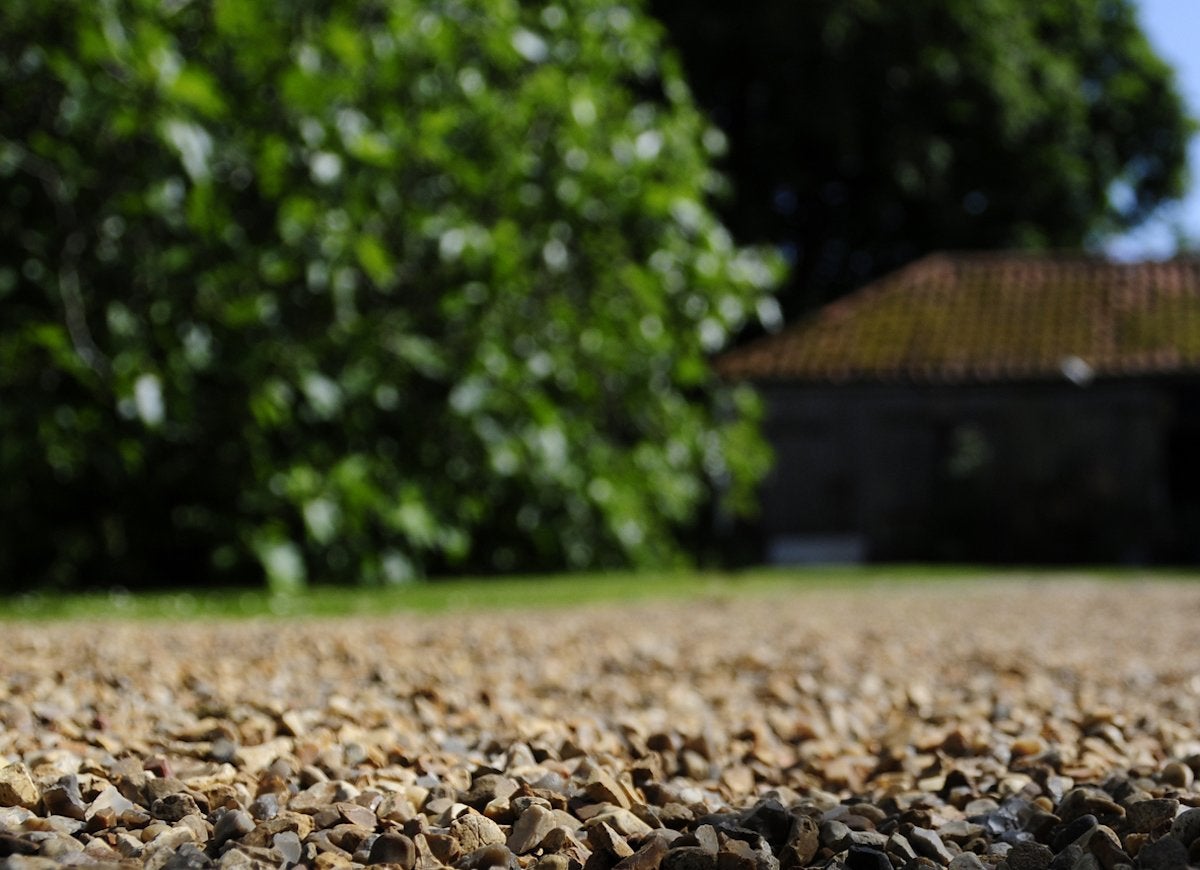
Go for gravel if you’re looking for a different option for your driveway. Durable, affordable, and easy to install, you shouldn’t overlook this material. There are many variations of stone types and colors to select from to go with your home’s exterior.
Related: The Best Gravel for Driveways

Everything You Need for a Lush and Healthy Lawn
Keeping your grass green and your plants thriving doesn’t just take a green thumb—it starts with the right tools and supplies.
